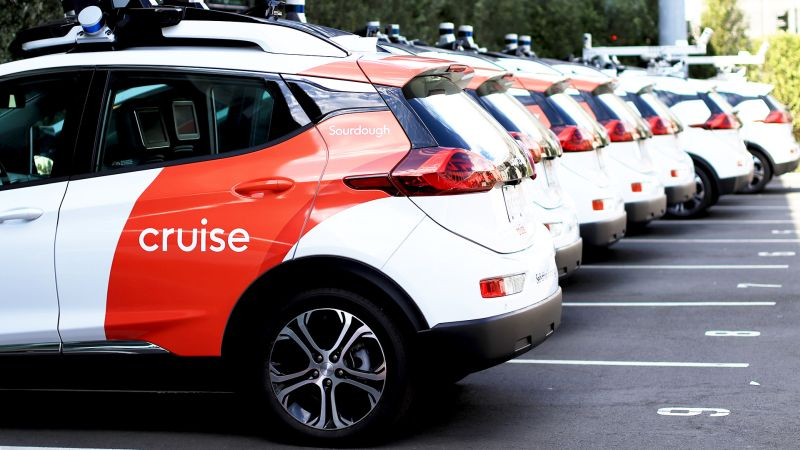At the beginning of October last year, a prototype of Cruise’s driverless taxi hit a woman in San Francisco, after which a large-scale investigation was launched, and the company’s founders left its ranks. Cruise was forced to suspend the operation of driverless taxis during the investigation, but it expects to resume it by the end of this year and return to charging fees next year.

Image Source: Cruise
Bloomberg reported this, citing its own informed sources. Although Cruise’s license to operate driverless rides was revoked only in California as a result of the October incident, the company has decided to suspend the operation of driverless cars in other areas of the United States where it had previously operated.
Cruise’s new management team, according to sources, is now working with regulators in the US to win the right to resume unmanned passenger transportation by the end of this year. By that time, they will be carried out without charging customers, and the company expects to return to commercial activities in this area at the beginning of 2025. Cruise’s CEO since last month has been Amazon and Microsoft alum Marc Whitten. Cruise founder Kyle Vogt left this post back in November, and at the end of last year the company lost nine more managers. Along the way, the company’s staff was reduced by a quarter, since with the main part of the prototypes idle, it did not need as many workers as before.
The head of parent corporation General Motors, Mary Barra, emphasized at a recent quarterly conference that Cruise’s autopilot technology has become significantly safer than driving a car with the average driver. The company expects to return to operating driverless taxis with a significantly higher level of safety. Since April of this year, it has continued to test its prototypes with safe drivers behind the wheel in Arizona, and later similar tests covered Dallas and Houston.
According to some reports, GM is looking for investors and partners to finance Cruise. The return of driverless taxis to the line in their eyes would serve as a sign of improvement in the company’s business conditions and would contribute to increased confidence. Unable to generate revenue from trips, Cruise suffered losses of $1.2 billion in the second quarter; in the first half of the year, their value reached $1.8 billion. This amount also included $583 million associated with the refusal to produce Origin unmanned shuttles. It was decided to use the next generation Chevrolet Bolt electric vehicles as the basis for its unmanned taxis. In the coming months, GM is going to invest about $850 million in Cruise, which will be enough to keep the company afloat until the first quarter of 2025 inclusive. Cruise’s developments will help parent GM develop autopilot technology for non-taxi personal vehicles.